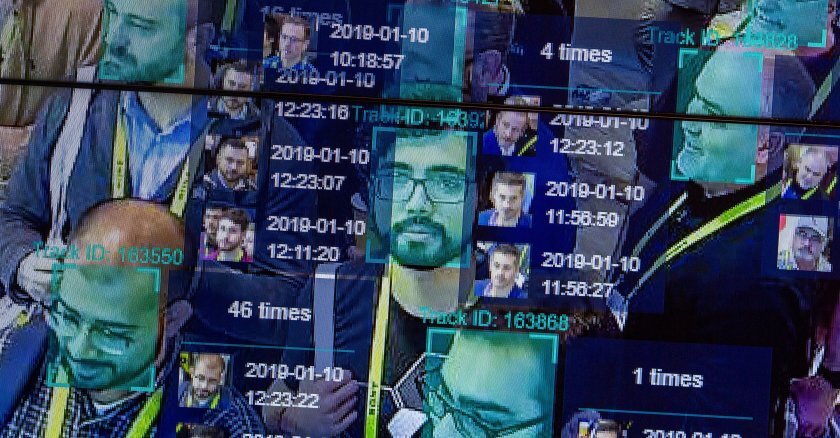
This, in essence, is what commentators in Chicago, Philadelphia and elsewhere have recently proposed for the perennial challenge of gun violence: Return to an aggressive program of police stop-and-frisk to find and seize illegal weapons. Indeed, New York has already embarked on this program under the leadership of its new mayor, Eric Adams.
Of course, we’ve been here before: Between 2003 and 2013, the New York Police Department made 4.4 million stops as part of its stop-and-frisk program. In 2015, the Chicago Police Department was stopping four times as many people per capitaas New York’s police. In one summer, Chicago officers stopped a staggering quarter of a million people (largely Black and Hispanic) without making an arrest.
We agree with Adams and others about the importance of controlling violent crime. But we think that their solution, like that of our imaginary physician, comes with a fatal disadvantage: There is no reason to think it works, even as there is substantial evidence of the heavy toll that stop-and frisk has on those stopped by police.
One of us has recently studied the crime suppression effects of stop-and-frisk and related tactics in Chicago, New York and Nashville, Tennessee. In each city, the study looked at the subset of people who were frisked. This is just a fraction of those who are stopped and questioned. By law, a frisk is allowed only if the officer has “reasonable” suspicion that someone has a weapon.
Yet, in New York, stops followed by frisks yielded weapons in roughly 2 percent of stops. (A U.S. District Court found the rate to be even lower using different data.) In Chicago, 3.8 percent of frisked Black people, 3.4 percent of frisked Hispanic people and 5.7 percent of frisked white people had weapons. As a percentage of those stopped, the hit rate for illegal guns was even lower.
So, based on those statistics, police must stop between 30 and 100 suspicious people before they expect to recover a single weapon. Pause a moment to think about the hours and hours of police work necessary to recover one lone gun this way.
The low rate of guns per frisk has knock-on effects for the scale that police would have to use to make a dent in the number of guns circulating in large cities: Tens of thousands or hundreds of thousands would need to be stopped to net a few hundred guns. Many guns are illegally trafficked into large cities. Why won’t the guns removed by stop-and-frisk simply be filled by an expansion in this illegal trade?
Not surprisingly, the evidence that stop-and-frisk does more than take guns off the street — that it reduces violent crime — is decidedly fragile. An aggressive program of vehicle stops in Nashville, supposedly carefully targeted based on local crime rates, had no crime-suppression effect. In New York, a 98 percent drop in the rate of stops between 2011 and 2014 had no effect on violent crime rates.
At the same time, there is substantial empirical evidence that police stops impose high psychological and physical costs on those who are stopped. These costs would fall largely on minority communities, the targets of most stops and frisks and ironically, the very communities most vulnerable to gun crime.
Say optimistically that police get one weapon for every 30 stops and frisks: That’s 29 people per weapon seized, with the sour taste of being physically coerced by the police. Is a police force that relates to its public largely through the violence of stop-and-frisk one that inspires witnesses to come forward, so homicides are readily solved? In cities like Chicago, where the clearance rate for homicides is already perilously low, policing tactics that corrode trust in police likely make gun violence more difficult to solve.
So in truth, a return to stop-and-frisk is more likely to undermine than to improve our public safety. It increases the odds that someone can get away with murder because there are no cooperating witnesses. However much we concur with concerns about gun violence, we should reject solutions that fall most heavily on Black and Hispanic communities and that have no track record of efficacy.
When we regulate to protect the environment or to promote automobile safety, we commonly ask the government to assess the impact. Unless it can show a policy’s benefits outweigh its costs, the government can’t proceed.
Perversely, we have never asked the police to justify their far more damaging policies — including stop-and-frisk — as cost-justified. Indeed, we have never demanded that police test whether their interventions have the desired effect. Couple this with the tight hold that police keep on data about their own activities, and you have something of a “black box.”
Stop-and-frisk is violence executed on hope, but not evidence, that it reduces crime.
©2022 Chicago Tribune. Distributed by Tribune Content Agency, LLC. Aziz Huq and Richard McAdams are professors at the University of Chicago Law School who write about and teach criminal procedure.
Governing's opinion columns reflect the views of their authors and not necessarily those of Governing's editors or management.
Related Content












